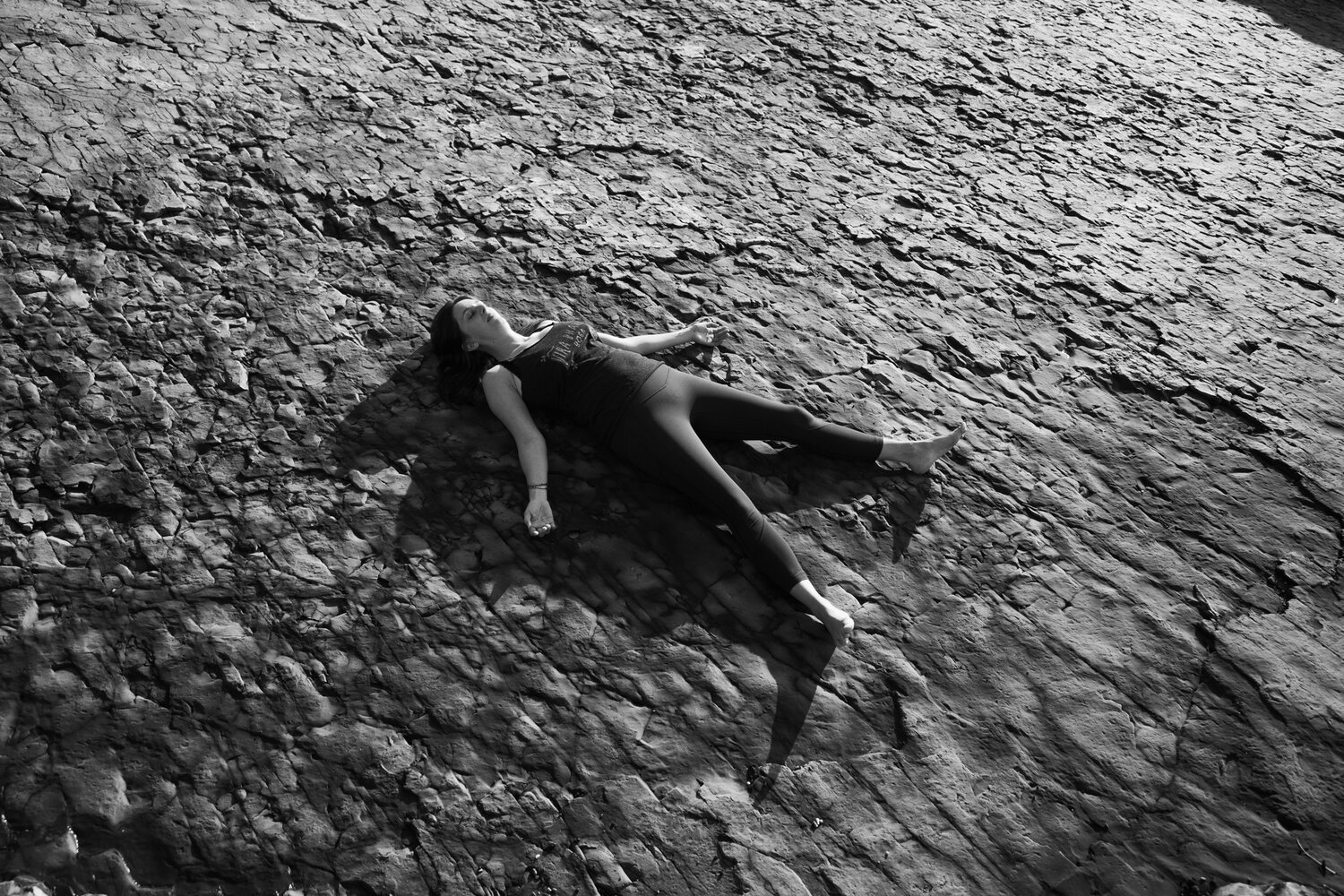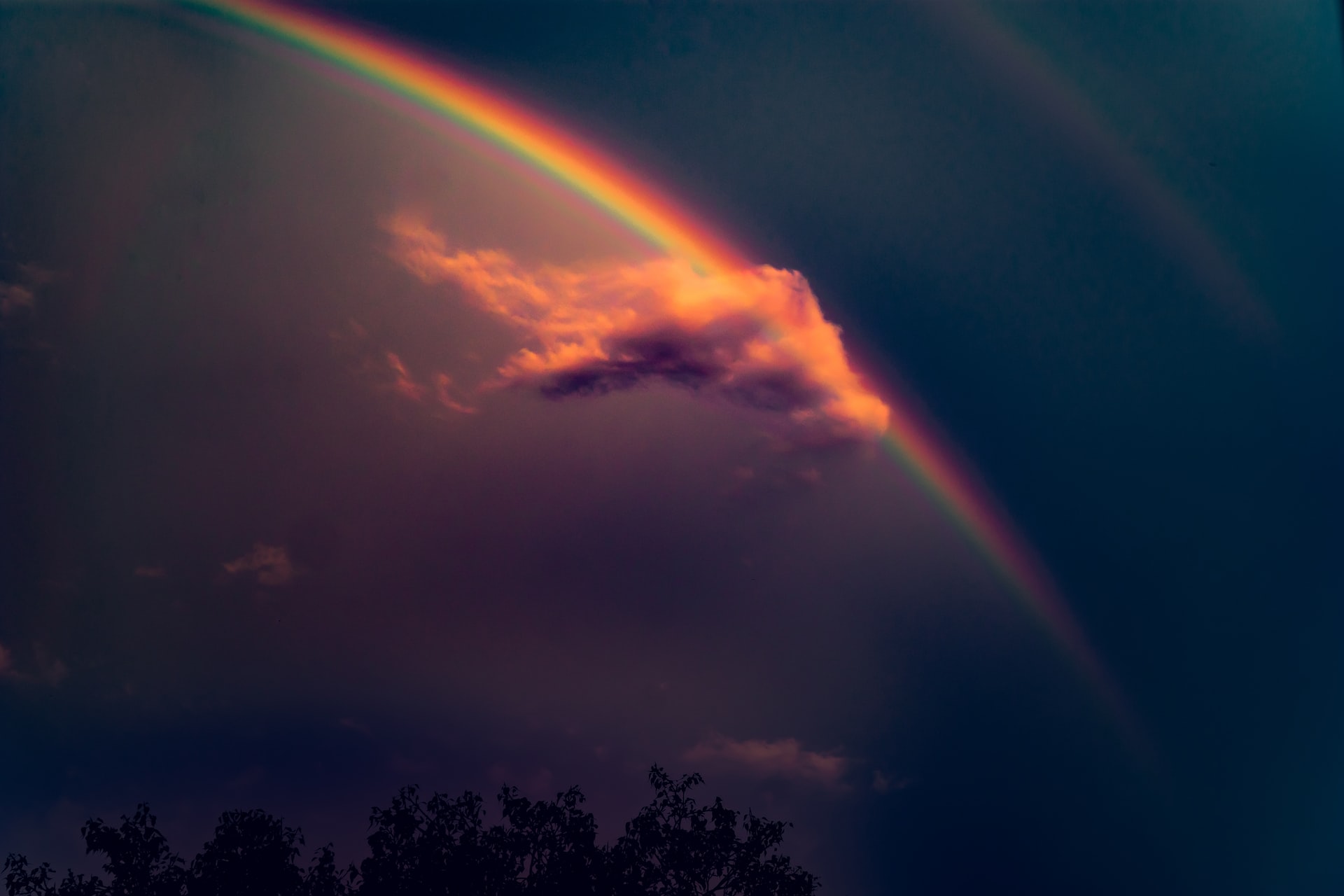“Awareness of death is the very bedrock of the path. Until you have developed this awareness, all other practices are useless.”
– His Holiness the Dali Lama
While we may not want to admit it, death is part of every yoga practice. In fact, traditional yoga seeks to honor the process of one’s death as a part of one’s spiritual life. Many yoga classes are designed to energetically mimic the cycle of life: birth, action, death, and even re-birth during a single session. The cycle of the class is a mirror of repetitive traits and mistakes known as samaras, or energetic wheels we may become trapped in through this and other lifetimes. Yet, the topic of death is something I routinely avoided with my students and in my own practice with myself. When talking about death and yoga, how can we become more connected and less afraid?
As a yogini, when I lie down in savasana and when I direct my students to do so, I have a choice. I can avoid the topic of death or address it. Savasana itself is a practice and is quite literally, corpse pose. Although often seen as the portion of class where we take it nap, it is also the rehearsal of the ultimate freedom from our corporal existence. While in savasana, we are engaged in the surrender and acceptance of who we have been and what we can no longer control. On the surface, one might merely let go of the physical effort of the yoga class; savasana contains the possibility of training the mind to let go of life its self. In every class these moments are an opportunity to avoid or embrace death – and a mirror of how we individually deal with other uncomfortable truths.
Symbology & Reality
My personal passive/aggressive-interest/avoidance dance with death came to an end about a year ago, when I moved to Central America. That’s when I became in contact with death daily, in the form of vultures. Parked on the street corners, in the garbage bins, and on the beaches, vultures are about as common in Costa Rica as pigeons in New York City. To me, and to many others, they are literally death personified. These scavengers are often viewed as ugly, evil, and undesirable. They perform the work of an unpaid undertaker for those who have no one to take care of their final rights, disposing of and devouring bodies in decay. Like most, I was originally put off and frightened by them. Their naked heads lurking atop trash heaps, and beady eyes peaking over animal carcasses intimidated me. All l I could see was death and decay. Over time, I began to realize that my recoiling at the presence of vultures was merely a manifestation of my own fear of confronting death. What was the difference between my recoiling at vultures and my denial of natural life cycles. Or my unwillingness to accept what I fear and don’t fully understand? The answer was: not much. Vultures, I realized, just like death aren’t going anywhere, even if I (we) look the other way. So I decided to stop avoiding death and vultures…and look into mythology and tradition.

The Goddess
How could yoga help me move beyond fear and avoidance with death? I first looked to the ancient text of the Bhagavad Gita, which offered a beautiful story of bravery and devotion. The protagonist Arjuna heads into battle facing certain death with only courage and faith in the Lord on his side. He learns that attainment of freedom from the bondage of life is possible by doing one’s duty. While both epic and beautiful, his story did not help move me from fear to acceptance of death. Maybe I wasn’t as strong or brave as Arjuna? Or maybe, I what I needed was a different kind of inspiration. I found the inspiration I was searching for in stories about the goddess. The goddess, in all her forms provided just the metaphor I needed to get more comfortable with the topic of death on a personal level.
Each goddess we study in the yogic tradition, both Hindi and Vedic, brings with her certain qualities we may hope to evoke in our practice and embody in our daily lives. Durga showcases our inner strength, Lakshmi our ability to cultivate abundance, Parvati our vast internal well of love. Who better to teach us about death and transformation than Kali? Kali is our wild side. She represents our uncensored self. She is confident and limitless. Kali is a symbol of the death of our ego. Subsequently, she is often depicted with Shiva on the cremation grounds. In one interpretation of Kail she is portrayed as the embodiment of time (Kaal is the word for time in Sanskrit.) In this version, her body is the color black representing an all-consuming presence: one of which all things are born and into which they will all dissolve. However, she also possesses a soft side, which seeks to nurture us by liberating the soul. She dances to relieve our souls of our temporary bodies.
While the mortal nature of our bodies and the liberation from them might still sound a bit disturbing, it is in this dance and celebration that I found peace. Death is the great equalizer. Death allows our mortality to be a gift. Contemplation of death and mortality is the beginning of truly loving our lives. So when we honor the strength, abundance and self-love that different goddesses embody, we are honoring these same aspects of ourselves. Similarly, when we contemplate the destruction and transformation Kali can represent, we are allowing conversation about and the contemplation of death to rise to surface. The conversation allows us to be more present in each moment. This contemplation contains within it celebration of the limited time we have, and an understanding of how deeply we can love our experience.
To the Dancers
So the prayer is this: I pray when we step on our mat to practice that we embrace the natural cycles of both life and death. I pray we can find courage in acceptance and not fear. I pray this acceptance leads us to a deeper appreciation of it all; the horrors, the beauties, and the deep love that always surrounds us on this wild ride we call life.

Meghan’s passions are education and service. She currently lives with her husband in Puerto Viejo, Costa Rica where they both teach yoga and work with Ninas Para el Exito; a rural girls empowerment program in the jungle.








